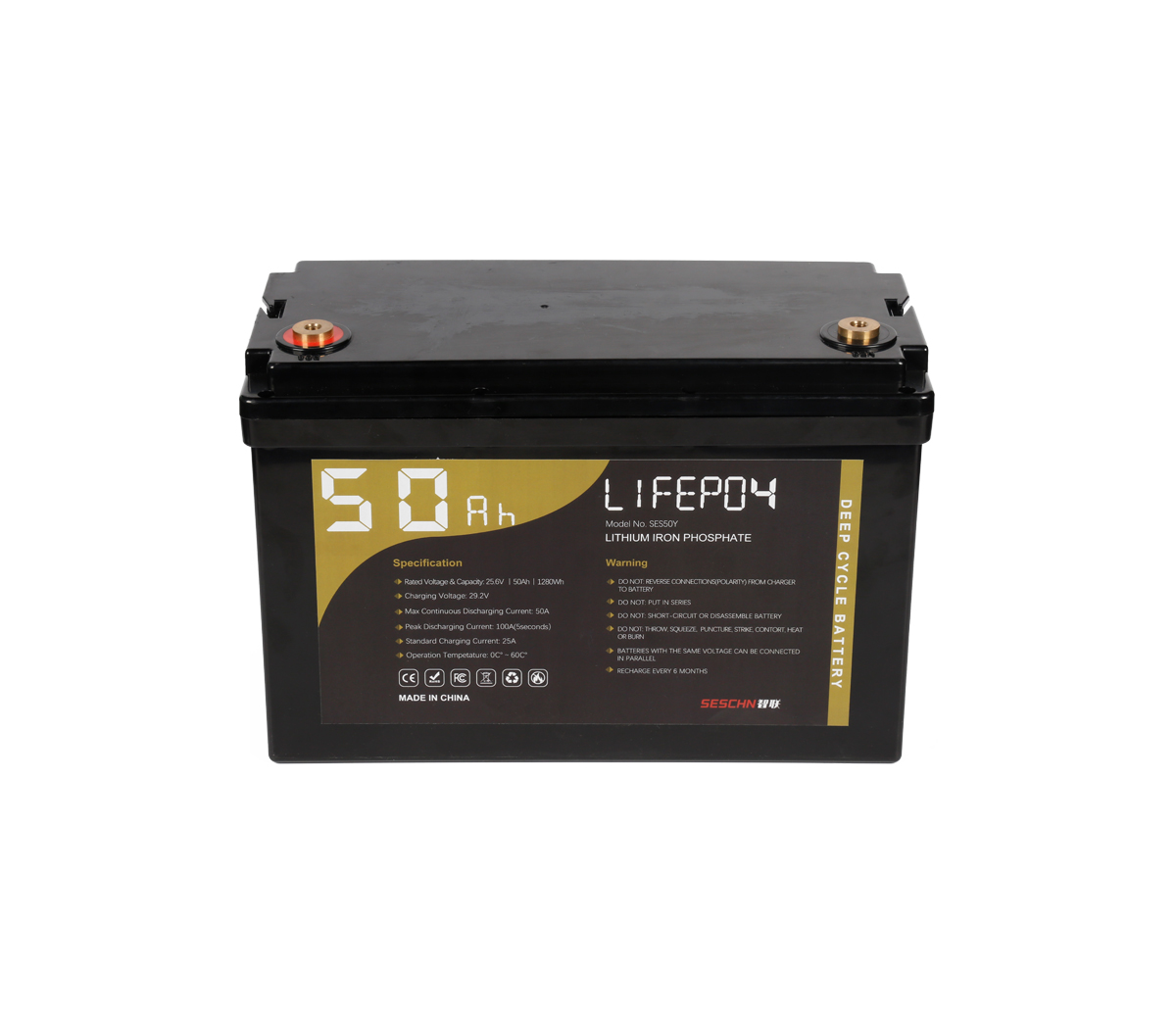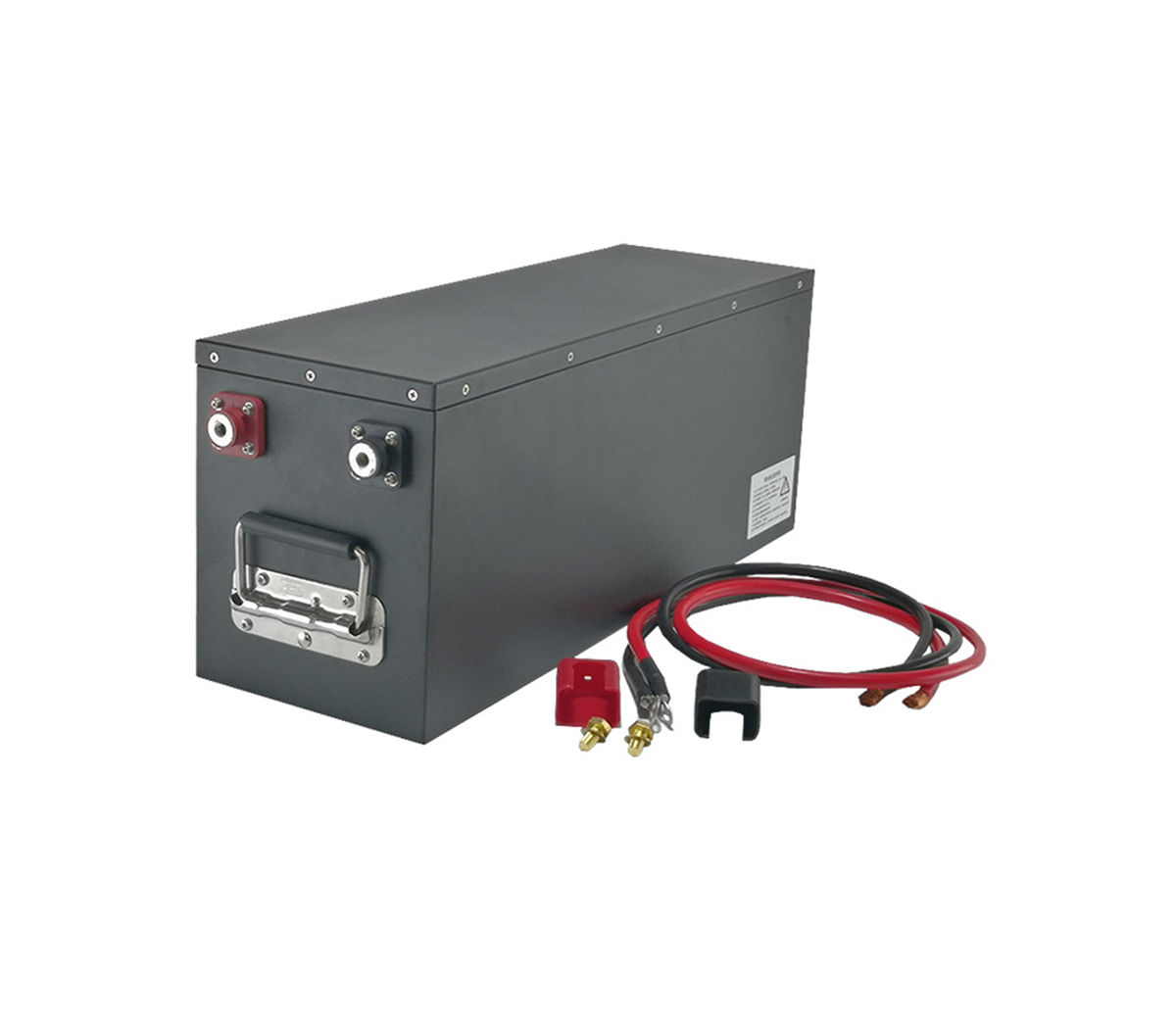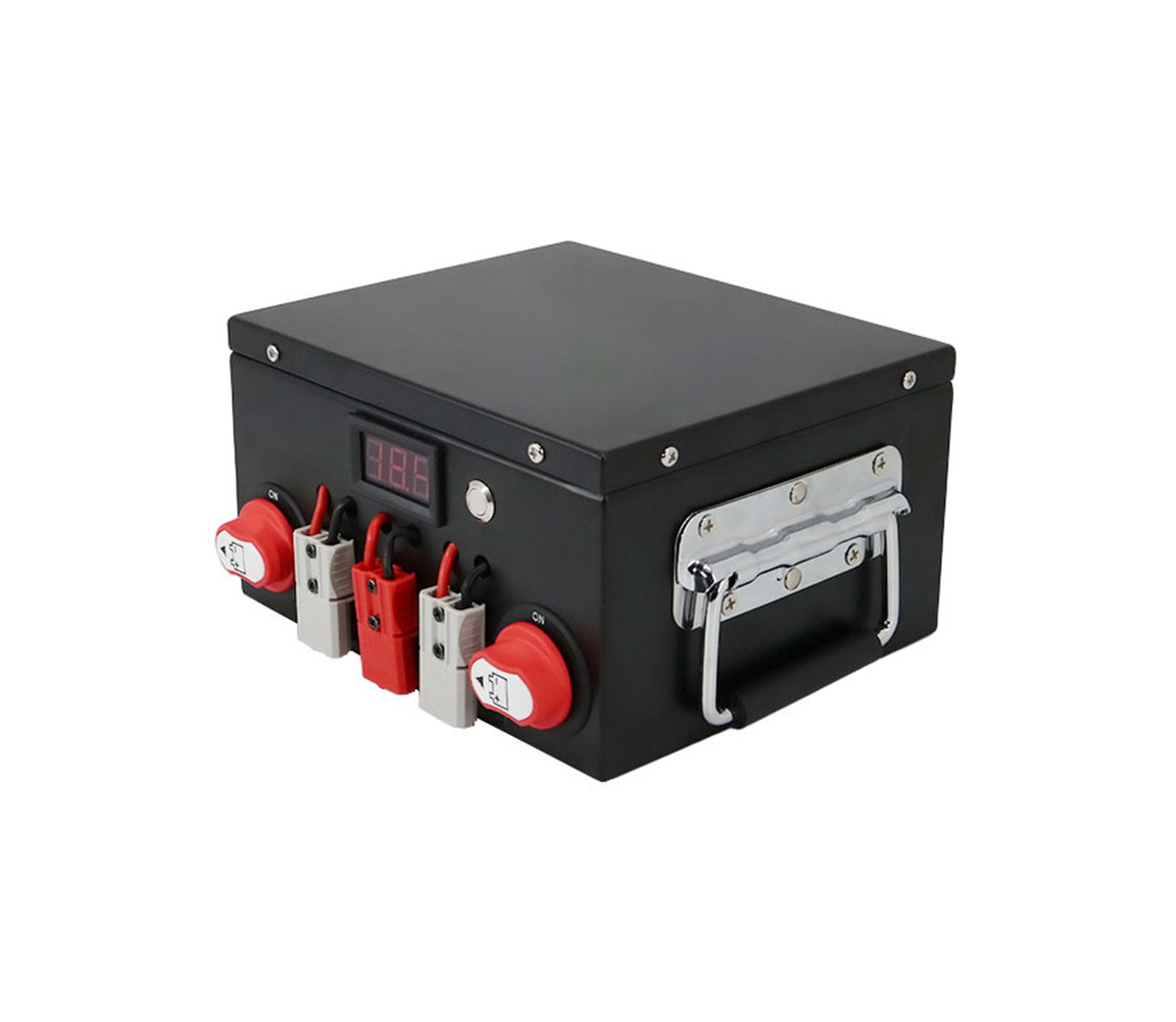Although lithium-ion batteries and surrounding industries have been
affected by the global economy, the Russian-Ukrainian conflict, and the
epidemic, the supply chain has been blocked and prices have soared, but many
energy storage projects have not stopped. As a professional lithium battery
energy storage system integrator, SES Power has nearly 20 years of experience in
the lithium-ion industry. Our products have high technical content, such as
fully intelligent lead-acid replacement products (12V100Ah, 12V200Ah),
high-current (2000A) starting lithium batteries, UPS high-voltage lithium
batteries Battery system (up to 860V), 3Kw~20Kw off-grid lithium battery energy
storage system, base station communication backup battery system (standard 19
inches), etc. We are always paying attention to the development of the energy
storage industry. Let us sort out the recent developments in energy storage for
you.
A: New Leaf Energy plans to deploy a 7GW/28GWh battery energy storage
system
US solar and energy storage developer Borrego has announced that it has
completed the spin-off of its business units and sold its energy development
business to energy transition investor ECP, which will be renamed New Leaf
Energy.
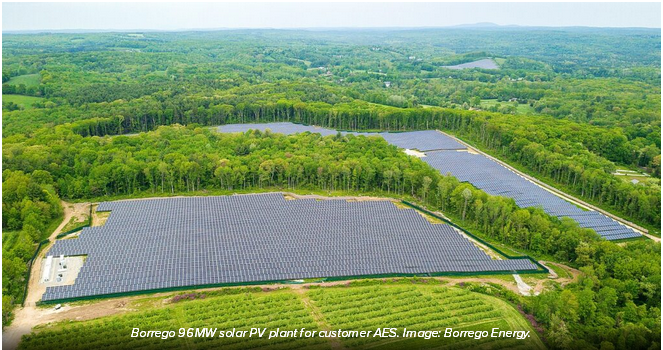
(Borrego's 96MW Borrego Solar Farm for ES)
New Leaf Energy is run by ECP as an independent business and the current
leadership team will be retained. Borrego said the sale could reduce the funding
constraints faced by the research and development division.
New Leaf Energy will plan to deploy 450 projects, including a total
installed capacity of more than 8.5GW of solar power generation facilities and
7GW/28GWh of battery energy storage systems, after the sale to ECP, they will
continue to focus on distributed generation (DG) and Development and deployment
of utility-scale solar power facilities and energy storage systems.
Borrego said New Leaf Energy will seek to strengthen its presence in core
markets such as New York, Massachusetts, Maine, Virginia, Pennsylvania, Delaware
and Illinois, with plans to enter states including California, New markets
including Arizona and Colorado.
B: Still accelerating, 5GWh of battery energy storage systems deployed in
the US in the first half of 2022
According to survey data recently released by the American Clean Energy
Council (ACP), the United States deployed about 5GWh of battery energy storage
systems in the first half of 2022, an increase of one-third compared with the
same period last year, while the deployment of wind and solar power generation
facilities The installed capacity has dropped by 50% to 70%.
In the quarterly report, the United States deployed 14 new battery storage
projects in the second quarter, totaling 992MW/2,468MWh, an increase of 13%
compared to the same period last year.
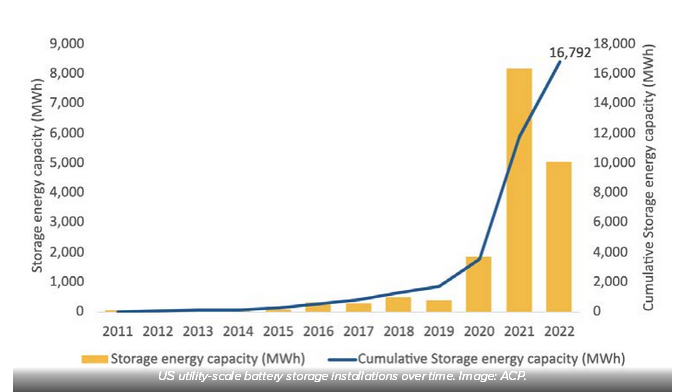
(Battery energy storage systems deployed in the United States from 2011 to
2022)
The US installed 758MW/2,537MWh of battery storage systems in the first
quarter, a 173% increase compared to the same period last year. According to the
survey data of research firm Wood Mackenzie, the storage capacity of battery
energy storage systems installed in the United States in the first quarter was
slightly lower, at 2,339MWh.
This means that a total of 1,751MW/5,015MWh of battery storage systems were
deployed in the US in the first half of this year. The American Clean Energy
Council (ACP) doesn't say it's a year-over-year increase, but using the two
quarters data shows that storage deployments have grown by about a third.
The largest battery storage project installed in the US in the second
quarter was Vistra's DeCordova battery storage system in Texas at 260MW/260MWh.
The largest energy storage capacity is an 800MWh Diablo battery energy storage
system developed by LS Power in California.
As of the end of June, the cumulative installed capacity of battery energy
storage systems in the United States was 6,471MW, with a total energy storage
capacity of 16,792MWh.
Despite the growth in both quarters, more than 1GW of battery storage was
deployed in the fourth quarter of 2021 in the strongest quarter on record,
according to the annual report released by the American Clean Energy Council
(ACP).
Despite an increase in battery storage deployments in the first half of the
year, clean energy deployments overall fell 25%, the largest drop in six months
since 2018, the American Clean Energy Council (ACP) said.
The decline in clean energy capacity deployed in the second quarter of this
year was even greater, falling by 55%. The battery energy storage sector was the
only sector to grow, accounting for 31% of the 3,188MW of clean energy
installations installed during the same period. The installed capacity of wind
power generation facilities decreased by 78% year-on-year, and the installed
capacity of solar power generation facilities decreased by 53% year-on-year.
This is partly due to supply chain constraints and grid connection issues
that have delayed projects. According to the American Clean Energy Council
(ACP), there are now 32GW of clean energy projects delayed, of which 64% are
solar, 13% battery storage and 23% wind.
C: ArcLight acquires 80MWh battery energy storage project
ArcLight Capital Partners said a few days ago that it has acquired a 185MW
wind farm and an 80MW battery energy storage system (BESS) hybrid deployment
project from GlidePath Power Solutions.
In addition to investing in the acquisition of wind farms, Sequitur
Renewables (a subsidiary of ArcLight) was awarded the opportunity to develop and
deploy an 80MWh battery energy storage system, described as an "ancillary"
project to the wind portfolio, but not No details were provided on the expected
completion date of the energy storage system or whether it would be co-located
with wind power.
Usually, the installed capacity of wind power projects is much higher than
that of battery energy storage systems, and wind power generation is highly
variable. If the battery energy system is deployed in co-location, more
batteries need to be deployed, and frequent charging and discharging will
shorten the time. battery life, so co-location of battery storage systems with
wind power generation facilities is not as common as co-location with solar
power generation facilities.
Carter Ward, Partner at ArcLight, said: "We are delighted to re-enter the
wind power market with the establishment of the Sequitur platform."
Sequitur Renewables, which recently announced progress with other
large-scale battery-storage-related developments, said conventional thermal
power plant sites are the best places to deploy these portfolios. As efficient
scaling is one of the main challenges for battery energy storage projects, it is
advantageous to leverage the existing interconnection and on-site infrastructure
of large power plants.
For example, Generation Bridge recently completed a study for its 335MWh
Long Beach PierS battery storage project in Long Beach, California. And plans by
Eastern Generation to deploy the 540MWh LuysterCreek battery storage project in
New York State recently won New York regulatory approval.
Dan Revers, managing partner at ArcLight, added, "Sequitur leveraged
ArcLight's core expertise in power generation, renewables and energy transition
in acquiring and developing battery storage systems."
D: The financing of the US energy storage industry is accelerating
U.S. clean energy project developer and independent power producer (IPP)
Broad Reach Power said it has secured $160 million in financing to invest in and
deploy a portfolio of 18 battery energy storage system (BESS) projects.
Of the 390MWh of battery storage systems planned or being deployed, 17 are
located in Texas and one in California, two markets where Broad Reach Power is
primarily active. The energy storage systems are all grid-side grid-scale energy
storage systems using lithium-ion batteries, which the company says come from a
variety of manufacturers.
Deutsche Bank, through its New York branch and Mitsubishi UFJ Financial
Group (MUFG), acted as coordinating lead arranger and joint bookrunners in the
round. Nitin Gupta, senior vice president of financing and mergers and
acquisitions at Broad Reach Power, described the financing as a major debt
financing transaction in the battery energy storage space.
They were followed in terms of financing by energy storage system
integrator FlexGen, which raised $100 million, Dutch energy trader Vitol and
another systems integrator Powin Energy, which raised $135 million.
Interestingly, Josh Prueher, CFO of Broach Reach Power, is the founder and
former CEO of FlexGen, and Doug Moorhead, CTO of Broad Reach Power, was CTO and
president of FlexGen.
Other major recent funding moves in the U.S. energy storage industry
include Norwegian state-owned energy developer Equinor and U.S. sustainable
infrastructure investment group Generate Capital acquiring energy storage
developers EastPoint Energy and esVolta, respectively, for undisclosed sums.
Industry media reported in June 2020 that Broad Reach Power began deploying
a 10MW/10MWh battery storage system in Texas. The company said at the time that
it was also developing two 100MW/100MWh battery storage systems in the state to
participate in the Electric Reliability Commission of Texas (ERCOT) wholesale
market. The company quickly made good on that promise, starting construction of
the two 100MW/100MWh battery storage systems in September of that year, and
starting operations more than a year later.
The company expanded into California in November 2020 with the acquisition
of a 100MWh battery energy storage project from Enel, while its publicly
announced supplier agreements include a 118MWh supply agreement with SYL Battery
for its California project, and an agreement with CATL for Its Texas battery
energy storage project has an agreement to supply 900MWh batteries.
Broad Reach Power was valued at more than $600 million late last year after
Apollo Funds, an affiliate of asset management group Apollo, bought a 50 percent
stake in the company. Apollo Funds is also an investor in FlexGen.











